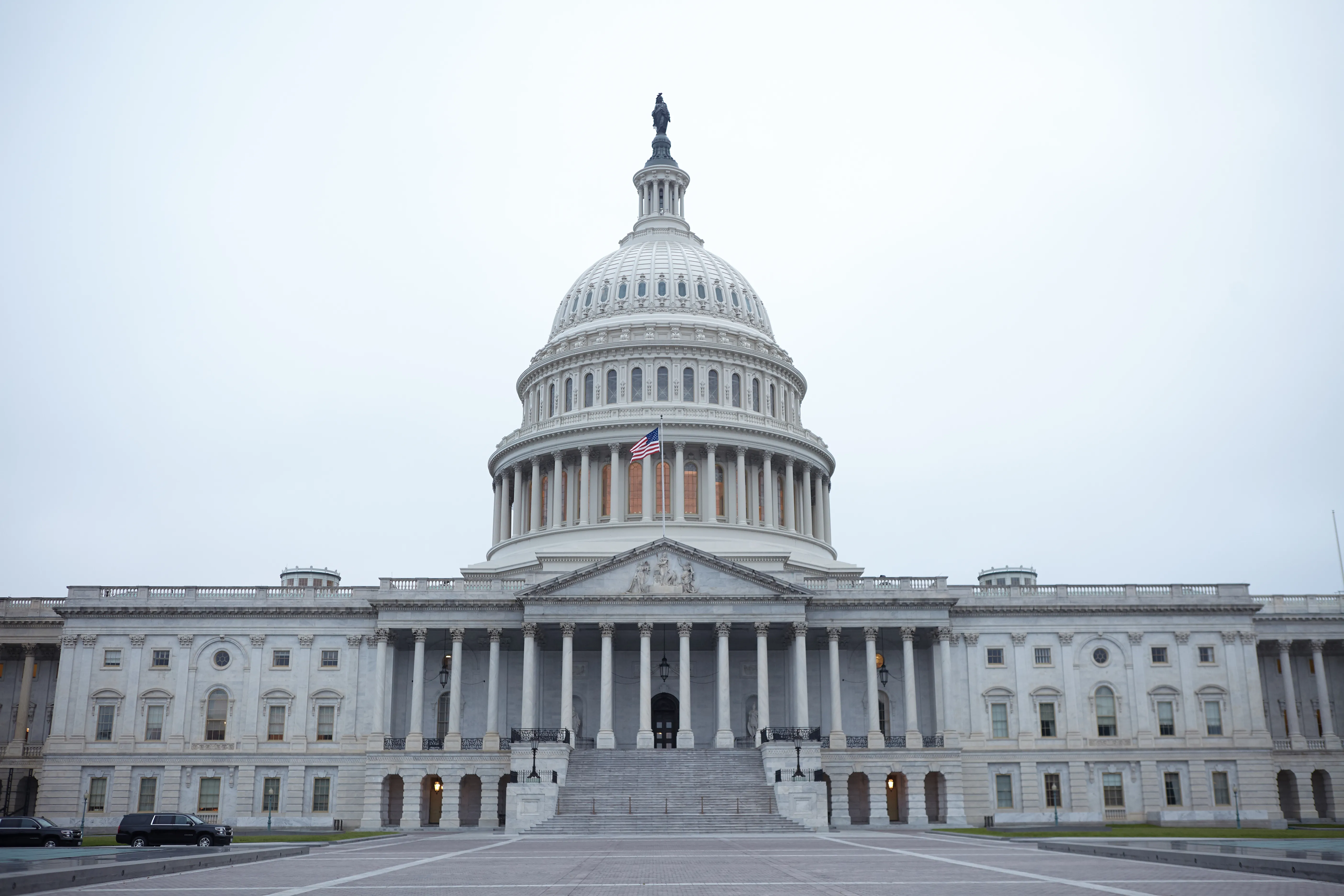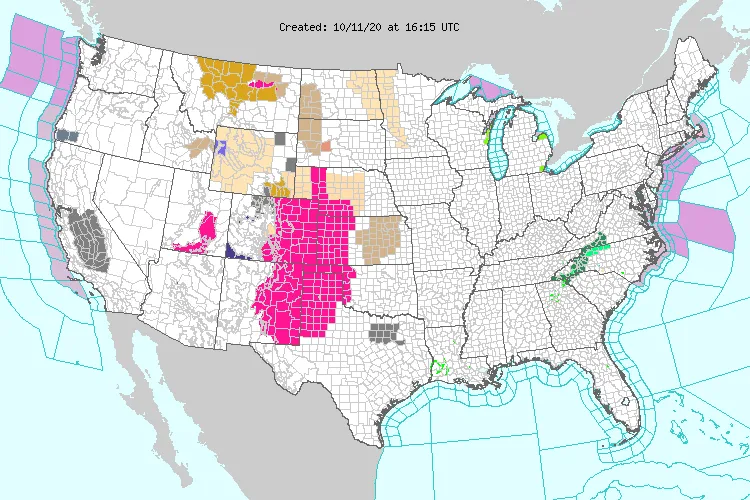
Invasive species put Hawaii in midst of a wildlife extinction crisis
(Hawaii News Service) Hawaii is known for its beautiful birds and wildlife advocates want to see more done to protect them from the effects of climate change.
One of the major threats is avian malaria, spread by a species of invasive mosquitoes, with death rates exceeding 90 percent. The National Park Service is ramping up a plan to suppress the mosquitoes by making them unable to reproduce.
Jonee Peters, executive director of the Conservation Council of Hawaii, said the work cannot begin soon enough, noting six birds declared extinct earlier this month were Hawaiian honeycreepers.
"All of these birds are endemic to Hawaii, so they occur nowhere else in the world," Peters explained. "Once these species are extinct, they are gone from the face of this earth and we cannot replace them."
The U.S. Fish and Wildlife Service removed 21 species from the Endangered Species List earlier this month after concluding they were already extinct.
The plan to address invasive mosquitoes, which Peters considers urgent, is on hold after the group, Hawaii Unites, filed for a temporary injunction, claiming the project needs more study to prove it will not harm birds, the environment or human health.
Linda Elliott, president and director of the Hawaii Wildlife Center, said Hawaii is home to 44 percent of the country's endangered and threatened species. With so many on the list, the state has been dubbed the "extinction capital of the world."
"Eight out of 21 are now declared extinct, and then we know that there's at least five others that could go extinct in our lifetime," Elliott pointed out. "That's not something I ever expected to experience. But we're focused on making sure that we're part of the solution."
A recent festival put a focus on native birds and their cultural significance, including the ancient use of bird feathers to create cloaks and capes. Peters said in 2010, a small, honey-eating songbird was declared extinct after not being seen in more than 35 years. She added the male bird was last recorded calling for a mate who had perished.
"What we know of an O'o A' is to what we hear in songs, read in books or go to a museum and see the handiwork of people that used to do feather work," Peters recounted. "That's part of the culture that we will never get back."
In addition to birds, Hawaii's endangered species include the monk seal and green sea turtle.
















